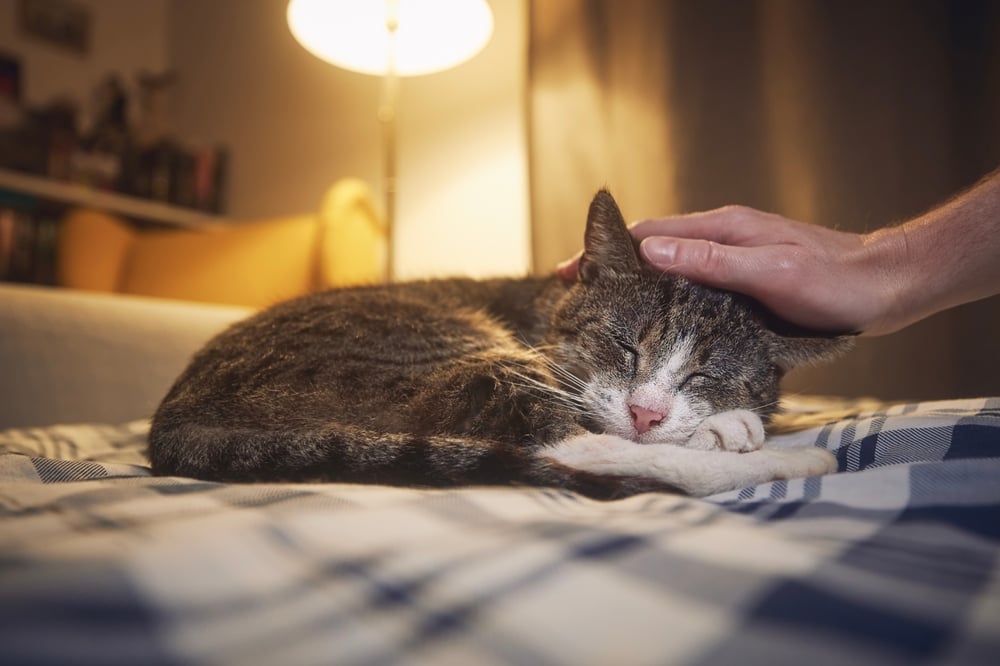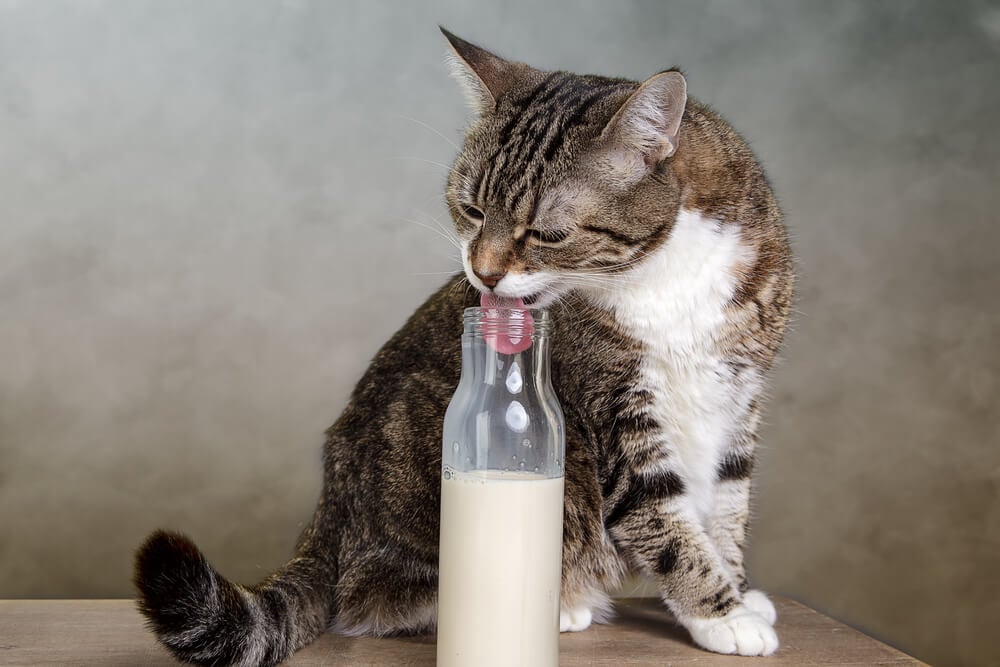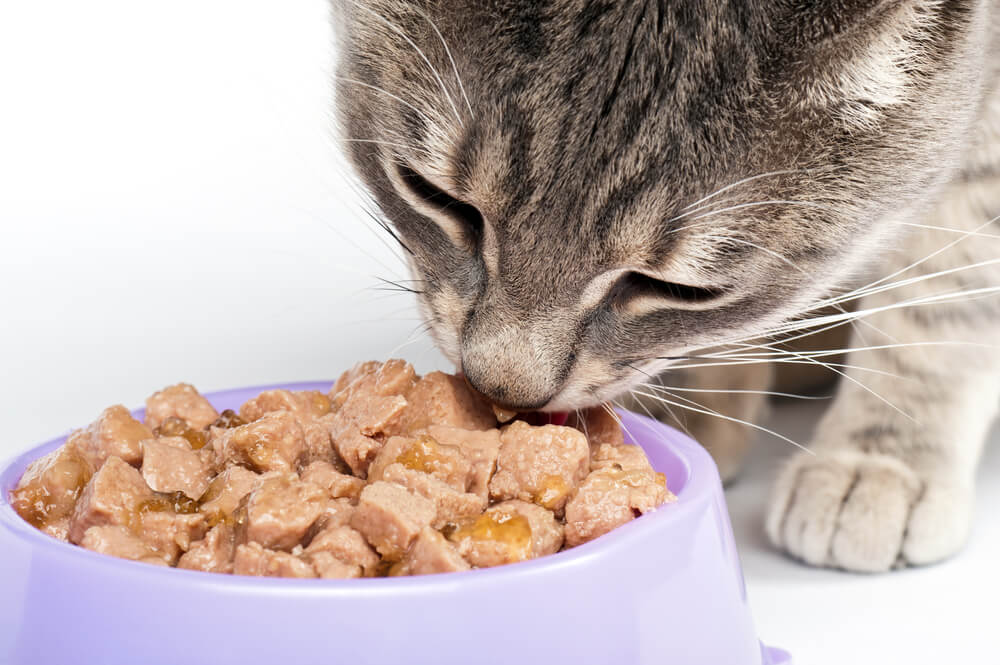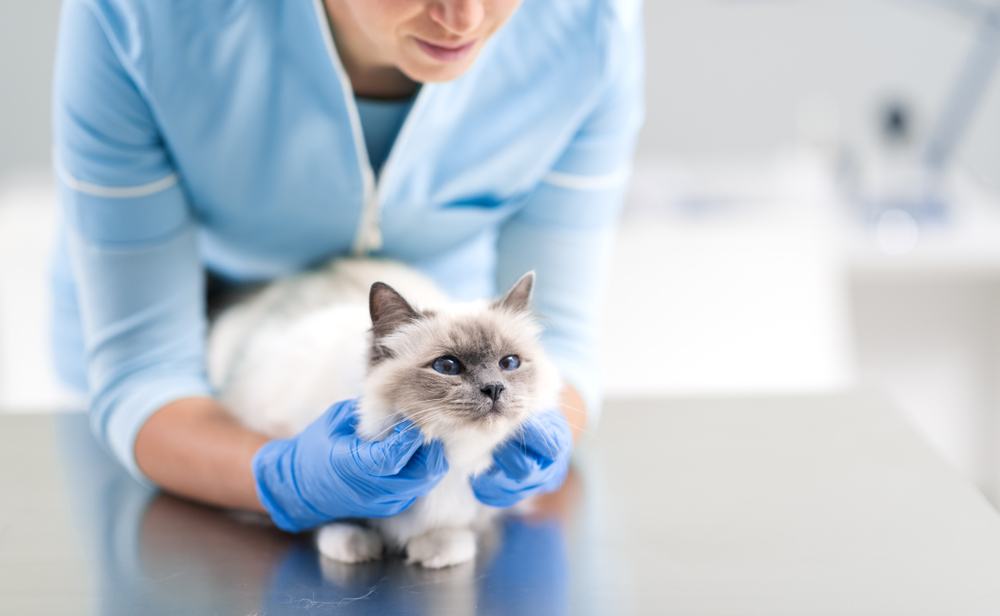
Seeing your cat in pain is one of the most heart-wrenching parts of being a cat parent. Knowing that they can’t tell you exactly what’s wrong, and there’s not a huge amount you can do to help, makes it all the more distressing.
If you know your cat’s in serious pain — for example, if they’ve sustained a significant visible injury or are suffering from a chronic disease such as cancer — it can be difficult to know how to help them and what you can provide them with to help manage their pain before you can get them to the vet for professional help.
The temptation to give them human pain relief can be strong, but that’s not a viable option and should never be considered, as we explain below.
There are some things you can do to help them, though, although the first priority if your cat is experiencing pain is to get them to the vet as soon as possible. The vet can then diagnose the problem and prescribe pain relief and/or suggest ways to lessen your cat’s pain.
Signs my cat is in pain
Usually, if your cat’s in pain the signs are subtle. Unless they’re exhibiting a clear limp, or open visible wounds, you may not immediately notice your cat’s problem.
Some signs that your cat might be in pain include:
- Difficulty jumping onto or off furniture or counters
- Stiffness or limpness
- Resistance to being handled
- Vocalization or anger when touched in specific areas
- Lethargy
- Decreased appetite
- Increased grooming of a certain area OR decrease in grooming
- Change in personality
- Increased time away from family members or hiding around the home
If you’re in any way concerned that your cat is injured, ill or in pain, take them to see your veterinary surgeon who can diagnose the issue and treat the pain accordingly.
Can you use human medication if your cat is in pain?
You should never give your cat pain relief designed for humans. This is because over-the-counter medication is designed to be given in human doses, and even small amounts could cause serious issues for cats — just one Ibuprofen or paracetamol tablet can cause serious damage to cats’ internal organs.
What will the vet prescribe my cat for pain?
- Opioid-based painkillers
Cats experiencing extreme levels of pain might be prescribed opioid-based pain relief from the vet. This type of medication may include codeine, morphine, fentanyl, buprenorphine, or hydromorphone — drugs that are stronger than regular pain relief and can only be prescribed by a vet.
These are usually only prescribed post-surgery, for certain forms of cancer/chemotherapy, or for cats suffering from severe arthritis. They can help cats improve their quality of life by reducing the pain they’re experiencing.
- NSAIDs
There are certain non-steroidal anti-inflammatory drugs (NSAIDs) available for cats that help manage pain by reducing inflammation. They are sometimes prescribed to help bring a cat’s temperature down, or to help your cat manage pain from arthritis, muscle pain or surgery such as dental work — your vet will prescribe some if necessary and advise you on dosage.
Again, do not give your cat human NSAIDs, including Aspirin, however tempted you might be to try to help them — the dosage is different for cats and, as a result, human medication and pain relief can cause issues with your cat’s liver, kidneys, stomach or intestines.
If you need to give your cat medication, read more advice in our article, How to give your cat a pill.
What can I give my cat if it’s in pain?
- Supplements
Cat food supplements might help with certain types of pain, in particular arthritis. Some common supplements cat parents give their cats, in addition to a healthy well-balanced diet, to help with joint pain include omega fatty acids, chondroitin and glucosamine.
- Cold or heat therapy
You can treat an injury or swelling your cat might have received by using cold packs in the same way you would treat an injury to yourself. Simply hold the ice pack on the affected area for 10-20 minutes. The main challenge, however, might be getting your cat to remain still for that long…
Heat therapy, meanwhile, can be used to help ease pain in longer-term injuries or chronic pain. Using a heat pack or a hot water bottle, get your cat to lay on it or hold it in place to help increase blood flow to the area, boosting circulation and the healing process.
- Acupuncture
Although it should never be used as a primary source of care for injured or ill cats, acupuncture could potentially help relieve pain in some cats by increasing blood flow to affected areas and releasing muscle tension.
Consult with your vet before booking any acupuncture sessions for your cat — some vets offer acupuncture as part of their service.
- Massage therapy
Used alongside medication provided by your vet, this could potentially help relieve any pain your cat may be feeling in a similar way to acupuncture by stimulating blood flow to injured or painful parts of the body.
We uphold the highest editorial standards when creating the authoritative content pet parents rely on and trust.
Every piece of clinical content on the Cat Food Advisor is reviewed by our certified Veterinary Advisory Board, which consists of licensed veterinarians and medically certified specialists.
Our reviews are completely independent; we are not paid by any pet food company to promote their products favorably. We do not accept money, gifts, samples or other incentives in exchange for special consideration. For more information see our Disclaimer & Disclosure page.










